
Discover how to craft UX-friendly hero sections with examples, design tips, and strategies that drive engagement and conversion.

Nostalgic design taps into familiar visuals and interactions to trigger happy memories, boost engagement, and foster brand loyalty. Learn how typography, color, sound, and retro patterns can evoke positive emotions while keeping your UX accessible and functional.

Nostalgia-driven aesthetics is a real thing. In this blog, I talk all about 90s website designs — from grunge-inspired typography to quirky GIFs and clashing colors — and what you can learn from them.

Users don’t interact with your product at random; they follow cognitive patterns. These 14 principles reveal how people think, decide, remember, and get motivated, so you can design experiences that guide them effortlessly.
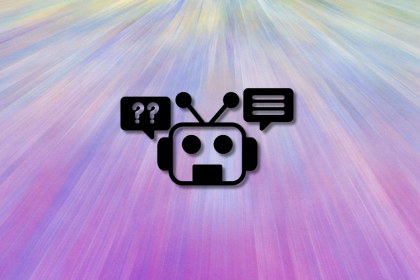
A hands-on guide to building an FTC-ready chatbot: real age checks, crisis redirects, parental consent, audit logs, and usage limits – designed to protect minors and prevent harm.
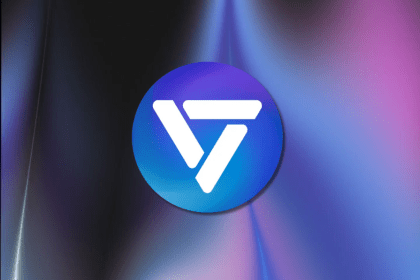
AI agents powered by MCP are redefining interfaces, shifting from clicks to intelligent, context-aware conversations.

AI can summarize your research, sketch your wireframes, and even write your copy, but it can’t care about your users. Here’s how to make sure your UX stays human-first, not machine-led.
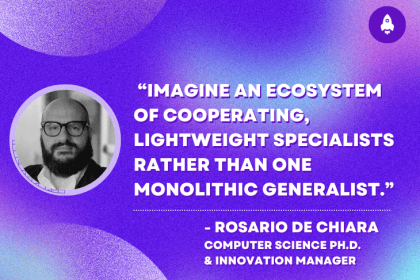
Rosario De Chiara discusses why small language models (SLMs) may outperform giants in specific real-world AI systems.
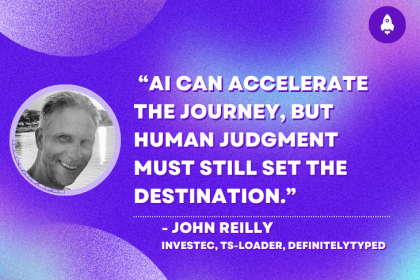
John Reilly discusses how software development has been changed by the innovations of AI: both the positives and the negatives.
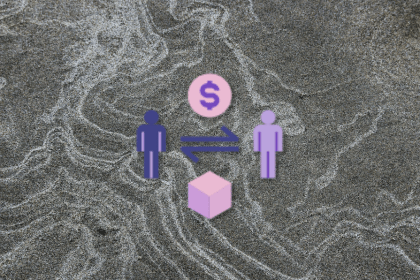
Data shows you what users do, not why. Learn how blending qualitative and quantitative insights fuels real product innovation.
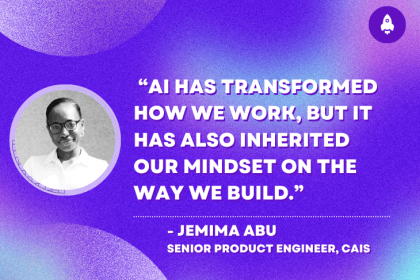
Jemima Abu examines where AI falls short on accessibility and how we can best harness AI while still building products that everyone can use.

Trust me, this is how UX really converts. I break down how companies like Airbnb and PayPal engineer trust into their UX — and how you can too.